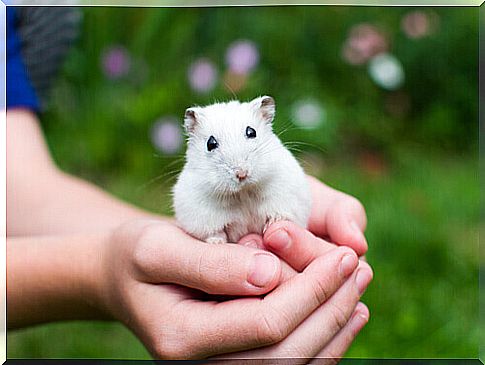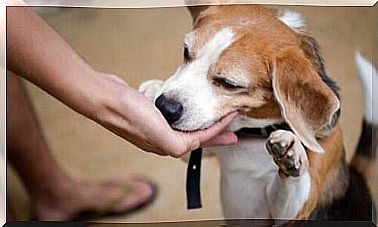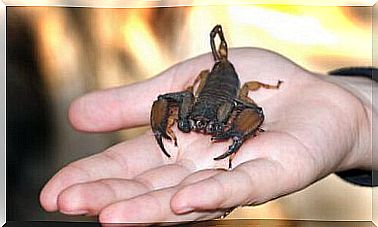The Behavior Of Hamsters: Understand And Improve It

Generally, when you decide to welcome a pet into your home, you immediately think of a dog or a cat. However, you don’t always have the space and time to adopt one. There are other pets that are just as nice and that will fill your days with joy and affection, such as hamsters. If anything, the problem is that you subconsciously think that these little rodents behave just like cats and dogs… This obviously isn’t possible, for many reasons.
In this article we will explain how to learn to understand hamster behavior and, if possible, how to improve it.
Know the behavior of hamsters
Hamsters are nocturnal animals , which makes them very different from cats and dogs. A substantial difference which, evidently, also affects the behavior of these domestic rodents. Let’s see what are the typical hamster behaviors and what they mean:
Lick
It may seem not that common, but yes, hamsters actually love to lick each other. If you look closely, when they do they start with their paws and then continue with the rest of the body. They are very clean animals and for this reason everyone likes them. In addition, it is safe to say that a hamster that cares about its own hygiene is a healthy and happy hamster.

He stretches
Doing stretching and yawning are two of the typical behaviors in hamsters. When your little rodent stretches, stretches and yawns, it means he’s happy. Above all, the message he sends out is that he feels perfectly comfortable both in the place he is and with the people around him.
He sits up
When a hamster sits on its paws, almost as if it wants to stand up and with its ears pointing up, it is listening intently to what you are saying or the sounds around it.
Mark the territory
Hamsters are also very territorial. It is part of their behavior to communicate to other animals that their whereabouts belong to them. They are equipped with an odoriferous gland located lower than the belly and which allows them to mark the territory, simply by walking.
If you have a hamster at home, you may have noticed that it often rubs its chest where it wants to leave its scent. A simple and, at the same time, very curious system.
It makes strange noises
A hamster can make sounds of different types such as, for example, some cries that sound like the chirping of a bird. This means that he is afraid and is experiencing a stressful situation. It especially happens when he is placed in a new cage or in a place he does not yet know. It is a problem of time: little by little he will get used to it.
When he grinds his teeth, it means he prefers to be alone. In this case it is better not to touch it or take it in your hand : the risk that it may bite you is very high.
If your hamster hisses, it will adopt a posture similar to that of an angry cat. It will bend over, keeping its mouth open and lifting its front legs. This behavior indicates that your four-legged friend is very frightened or is feeling threatened.
He bites the bars of the cage
You may see your little rodent biting the bars of its cage. The hamster does this simply to get your attention. Usually he will do this in the evening, when he feels most alone. To avoid this, you can cover the bars with toilet paper or give the animal something else to chew on.
It bites your hands
It may happen that, if you lift the hamster to hold it a little in your hands, your little friend decides to give you small bites. This is usually favored by the presence of food scraps. Therefore, before picking or stroking it, wash your hands, especially if you have cooked or touched food.
Keep in mind that every animal needs time to be tamed. Be patient
Some tips to improve hamster behavior
Hamsters have a tendency to flee. If you notice this behavior in your pet, a good idea is to place some food on different parts of the floor. Obviously, remember to be careful when walking, because the hamster could suddenly appear with the risk of stepping on it, involuntarily.

Something many are wondering is whether it is possible to change the behavior of hamsters. Especially with regard to his needs. Few people know that it is possible to teach him to use the toilet just like humans do. In your favorite pet shop, you will surely find comfortable and functional hamster toilets.
Inside you will have to put some garbage and a cotton napkin, soaked in urine. Put your hamster on the toilet and nature will do the rest.
As you have seen, all animals are different and hamsters’ behavior is different from that of cats and dogs. A pet, however small it may be, will always need care and attention that only a responsible owner will be able to provide.









